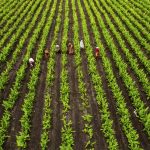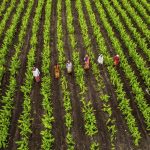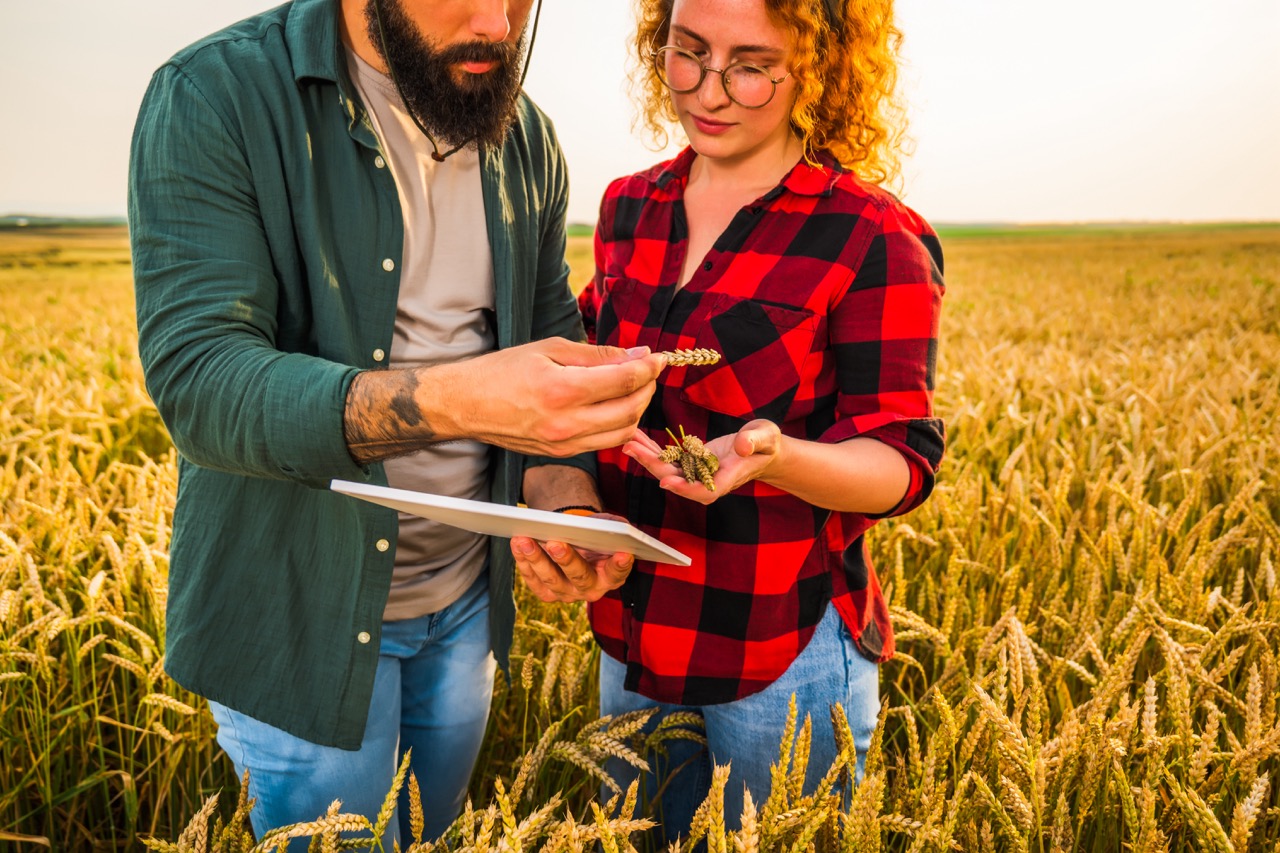Crop rotation has emerged as a pivotal agricultural practice that significantly influences the sustainability and productivity of farming systems. Particularly in sharecropping agreements, where landowners and tenants work collaboratively to cultivate the land, the implementation of crop rotation presents numerous advantages. This article explores the fundamental principles of crop rotation, highlights its contributions to soil health, discusses economic benefits for sharecroppers, and examines its long-term implications for resilience and productivity in the agricultural sector.
Understanding Crop Rotation: A Key to Sustainable Farming
Crop rotation refers to the systematic alternation of different crops on the same piece of land across seasons or years. This practice is founded on the principle that diverse crops contribute differently to soil health, pest control, and overall ecosystem balance. By rotating crops, farmers can avoid the depletion of specific nutrients that occurs when the same crop is planted repeatedly. Additionally, it helps to break the lifecycle of pests and diseases that may thrive in monoculture environments.
Implementing a crop rotation schedule requires careful planning and knowledge of the crops involved. For instance, including legumes in the rotation can naturally increase nitrogen levels in the soil, benefiting subsequent crops. This planning is particularly crucial in sharecropping agreements, where the land’s productivity directly impacts both the landowner and the sharecropper. A well-structured rotation plan fosters a collaborative approach to farming, ensuring that both parties have a vested interest in maintaining soil health.
Moreover, crop rotation can also contribute to improved water retention and reduced soil erosion. Different root structures and growth patterns of various crops can help stabilize the soil, creating a more sustainable farming environment. This aspect is vital for young sharecroppers who may be working with limited resources, as it ensures the longevity and productivity of the land they cultivate.
Enhancing Soil Fertility Through Diverse Crop Practices
One of the most significant benefits of crop rotation is its capacity to enhance soil fertility. Diverse crops have varied nutrient requirements and contribute differently to soil health. For example, while cereals might deplete nitrogen, legumes can restore it, creating a natural balance within the soil ecosystem. By rotating these crops, sharecroppers can maintain or even increase soil fertility over time, leading to healthier crops and improved yields.
Additionally, crop rotation can reduce the need for chemical fertilizers, which can be both expensive and environmentally harmful. In a sharecropping context, where profit margins are often razor-thin, the reduction of input costs can make a substantial difference in the financial viability of farming operations. Enhanced soil fertility through crop rotation leads to more robust crops that are better able to withstand environmental stresses, further mitigating the financial risks faced by sharecroppers.
It’s also important to note that diverse crop practices can improve soil structure and microbial activity. Healthy soil teems with beneficial microorganisms that contribute to nutrient cycling and disease suppression. The interaction of various root systems and crop residues promotes a dynamic soil environment, which is crucial for the sustainability of agricultural practices in sharecropping arrangements.
Economic Advantages of Crop Rotation for Sharecroppers
The economic implications of crop rotation in sharecropping agreements are multifaceted. By improving soil health and fertility, crop rotation can lead to increased crop yields, which ultimately translates into higher profits for sharecroppers. When sharecroppers can grow more productive and resilient crops, they are better positioned to meet market demands and secure favorable prices, enhancing their economic stability.
Furthermore, the reduction in chemical input costs, as mentioned previously, allows sharecroppers to allocate resources to other critical areas of their farming operations. This financial flexibility can empower sharecroppers to invest in new technologies or diversify their crop selections, further increasing their income potential. In contrast, sharecroppers who do not utilize crop rotation may face declining soil fertility and rising input costs, jeopardizing their financial viability in the long run.
Additionally, the economic benefits extend beyond immediate crop yields. Implementing crop rotation can enhance the overall sustainability of the sharecropping operation, making it more appealing to landowners. As sustainability becomes increasingly prioritized in agricultural practices, landowners may prefer sharecroppers who utilize crop rotation, ensuring a more stable and long-term partnership that benefits both parties economically.
Long-Term Benefits: Resilience and Productivity in Agriculture
The long-term benefits of crop rotation are evident in the resilience it fosters within agricultural systems. As climate change and unpredictable weather patterns pose challenges to farmers worldwide, those who practice crop rotation are better equipped to adapt. The diversity of crops helps mitigate risks associated with crop failures due to pests, diseases, or adverse weather conditions, thereby enhancing the overall stability of farming operations.
Moreover, healthy, fertile soil nurtured through crop rotation supports continuous productivity. Sharecroppers who commit to rotating crops are likely to see sustained, if not improved, yields over the years. This creates a virtuous cycle where enhanced productivity feeds back into the soil’s health, making it a win-win situation for both sharecroppers and landowners alike.
Finally, the community aspect of sharecropping can be enhanced through shared knowledge of crop rotation practices. As sharecroppers learn from one another and collaborate on rotation plans, they can build a supportive network that strengthens their resilience against external pressures. This collective knowledge-sharing not only benefits individual farms but also contributes to the long-term sustainability of agricultural practices in the region.
In conclusion, crop rotation stands out as a vital practice within sharecropping agreements, offering numerous benefits that extend from immediate economic advantages to long-term sustainability. By enhancing soil fertility, providing economic security, and fostering resilience against environmental challenges, crop rotation plays a crucial role in shaping the future of sustainable farming. As the agricultural landscape continues to evolve, embracing such practices will be essential for ensuring the viability of sharecropping and the overall health of our food systems.










